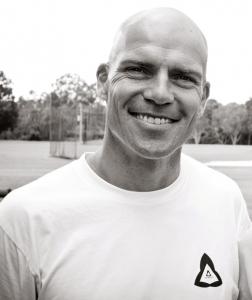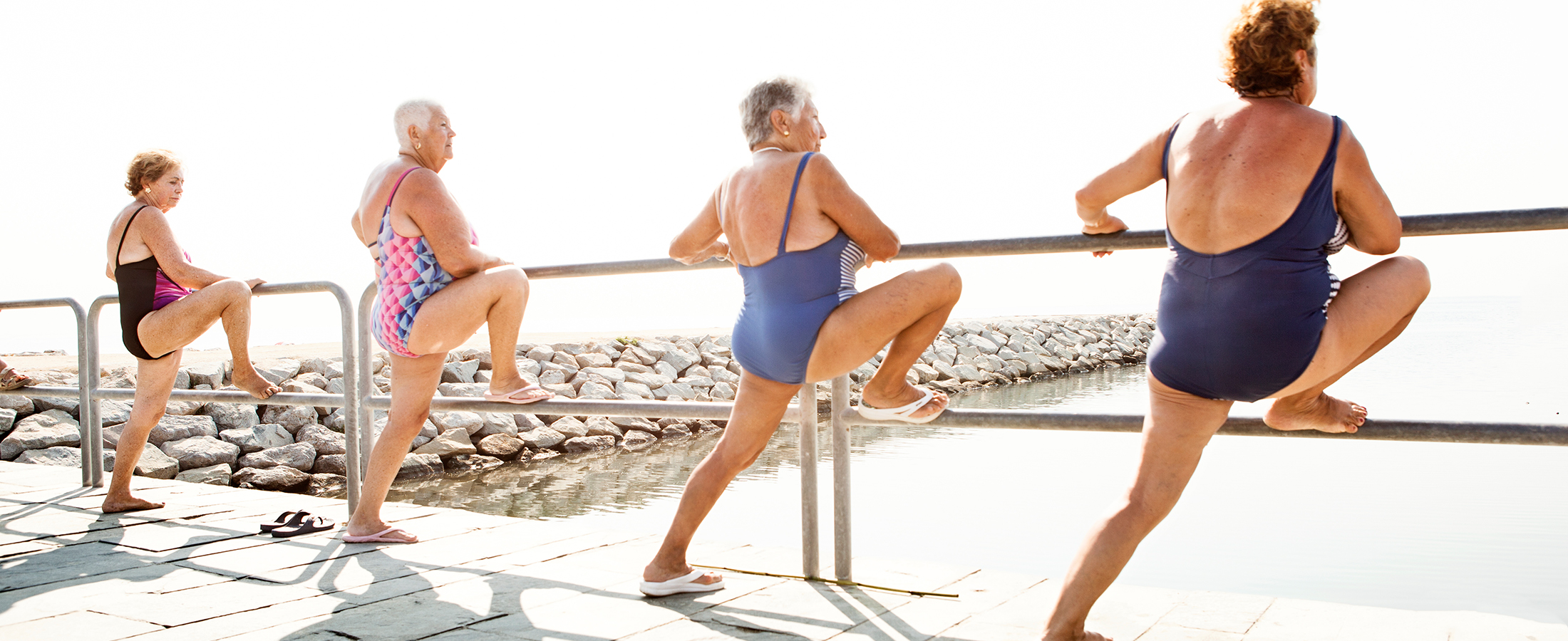Your Aging Breath
We all get to experience aging…
When it specifically comes to aging and your breath, or more to the point “how vital your breath is” when you’re matured and in your progressively aging years, there’s more than a couple of reasons why focusing on how you breathe when you’re moving that can not only help you live more vitally, it can also help you move more effortlessly.
You see as we age, to experience a grander breath (respiratory function) and also maintain and improve your range of movement (your mobility), there’s what i call “structural and neural principles” that require address. Unfortunately these structural and neural principles are often overlooked and/or simply not recognised. As a direct result of these principles not being addressed first hand, the decline in mobility that a lot of people experience late in life can be quite ferocious.
The compressive force of gravity
One of the effects we all experience, and to the best of my understanding the same principle applies with every organic life form existing on this planet, is compression. Compression affects as all from the time we are born.
More than likely the first form of physical compression though ever so subtle is the surface tension of the amniotic fluid against our body’s when we’re developing in the Mother’s womb.
Then we’re exposed to the birthing process! Look at the heads of newborns. Welcome to compression!
Then as soon as we’re free from the waters, the big physically experienced form of compression comes into effect… Gravity!
What goes up must come down!
Gravity is a force that pulls everything that is up, down towards the centre of the Earth. For it is the Law of Gravity that keeps our “feet on the earth” so to speak. The sole connection!
Yet as all laws, the Law of Gravity is a law that can be overridden by a higher law! Take for instance the Law of Lift or the Law of Thrust.
Most of us recognise that a bird and a plane can fly. Most of us hope the plane we travel in isn’t directed downward towards the centre of the Earth until we reach our destination. Has the force that drives all physical matter towards the centre of the Earth disappeared?
No… the Law of Gravity is still very much present. It’s just overridden by a higher Law, in this case the Law of Flight or Thrust.
Just like the force of compression has upon the human body, though it can never negated, it can be slowed down and slowed down quite dramatically by how and what we focus on.
From little things big things grow
When it comes to the human body, particularly when we first notice we’re “aging”, we don’t pick up on the small things… it’s the effects of the small things that we pick up on!
As life would have it (and it’s the same with your breath), it’s the accumulation of lots of little things that when weighed up together make up the big thing.
With regard to gravity, it’s the effects that “compression and compaction” have upon the physical body (both skeletal and tissue) that is the major cause of constricted respiratory function of your lungs. To understand why i believe this to be true, let’s just look at the tissue aspect, the muscles for instance!
The respiratory muscles
Take for instance the big one, your trapezius muscle. Your trapezius muscle is a big diamond shape muscle that is located from the base of your skull down to midway of your back.
If your trapezius muscle seizes up for whatever reason, the effects you could experience can vary from chest pain, back pain, rib tenderness to shortness of breath. As the trapezius is a big muscle, one could well imagine to bring harmony back to the body, the trapezius would be a good place to start.
But what if this “siezed trapezius” is merely a symptom of another cause that is not being recognosed?
- What if the originating tension was in fact first initiated within a smaller muscle group located on the front of your throat… your scalenes?
- What if the first point of tension was found in the muscles used for rotation of the neck… the sternocleidomastoid?
Both are possibilities but i’d put my money on even smaller muscles that connect and allow your rib cage to expand and contract as you breath… the intercostal muscles.
And this is where focusing on your breath reaps reward!
Consciously pulling your energy from the bottom up helps the expansion of your body when you’re filling up your lungs . When you start seeing the connections that exist, yet cannot be seen with the physical eye, a whole new world opens up.
It’s like when you direct your thought down to your sacrum and seeing yourself breathe down into your sacrum, that instantly ignites the diaphragm muscle allowing for a greater “filling up” from the lower lung that initiates the release of your intercostal muscles that promote greater expansion of your rib cage.
Remember this…
- Your lungs are held in a cage called the rib cage.
- You want to increase your lung capacity, you must first release the cage that encapsulates your lungs!
Your spines release
It’s all in the thinking! Like when you focus your awareness up to the back of your skull to help initiate the pulling of your breath up your spine. From your sacrum all the way up to the base of your skull!
This process, by its nature helps you pull your chin in and lifts your head out of your shoulders. With the weight of your head minimised, again greater expansion of your rib cage is possible helping to reduce the compressive forces in and around your heart.
On a physical form aspect, that is “how you look”, another benefit you’ll experience as a direct result of initiating the release of your intercostal muscles, is it slows down your shoulders collapse.
Look at the vast majority of elderly and most of humanity for that matter and you’ll see a head slumped forward, with shoulders rotating inward and underarms pressing into the side of the rib cage. This forward collapse as a direct result compresses the breast bone (the sternum).
It’s not rocket science to figure out that once pressure is applied to the breast bone, the pumping of the heart is as a direct result, also hindered.
Small steps make long journey’s
So focusing on your breath, particularly when you’re in your aging years can and does change the way you live.
No matter what your age, great benefit and improvement in the way you move can be experienced when you practice the TriBreath™ techniques.
Where does it all begin? Surprisingly it all depends upon…
- How you’re “holding” your body in your awake hours… your posture and the movement of your arms.
- How often you practice the TriBreath™ breathing rhythms and focus on your breathing in your everyday life e.g. when you walk down your hallway, when you’re carrying the shopping bags, as you exercising, when you’re gardening etc..
- And creating the “internal vision and pathways” of the ‘Breathing Points of the Spine’ (instruction video’s are found within the TriBreath™ member area) to help effortlessly lift your spine and skeletal structure thus “allowing” neural (nerve) transmission and reception of information. Basically more spark!
Get into your life… get into your breath and defy gravity!

Brett Hayes
TriBreath™ Coach
START LEARNING TRIBREATH™ TODAY
MAXIMISE YOUR POTENTIAL BY JOINING THE TRIBREATH MEMBERS COMMUNITY


